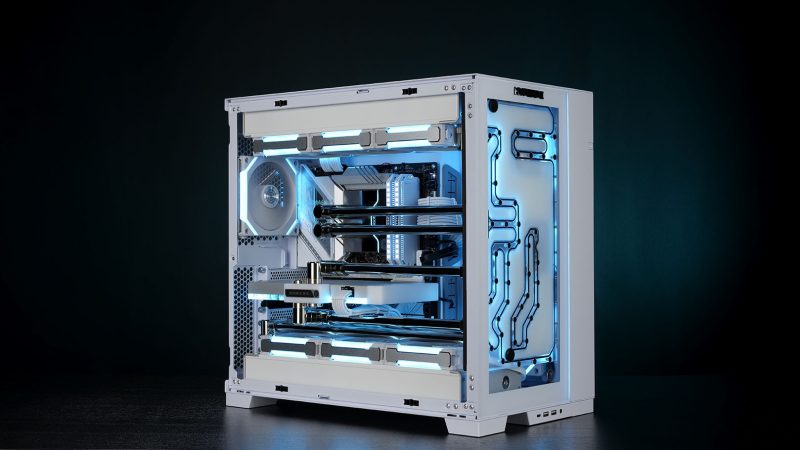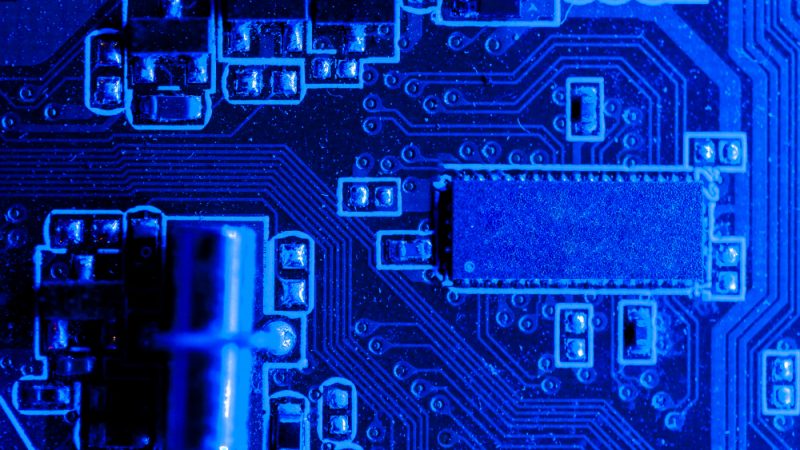How IoT Improves User Experience in Product Design?

With mounting market pressure, manufacturers face the imperative of accelerating the launch of new products. The shrinking product life cycles have significantly compressed the timeframe for crucial stages such as product design, development, testing, and production. Any issues encountered during these phases necessitate costly processes of redesign and retesting, resulting in a prolonged time to market, financial losses, and missed opportunities.
User Experience in IoT
User experience (UX) plays a pivotal role in enhancing the value of any IoT product, as it ensures a user-centric approach. During the development of IoT software, thorough research is conducted on UX to gain insights into users and comprehensively assess their needs.
UX encompasses users’ interactions with services, products, and devices, surrounding various essential features such as visually appealing aesthetics, intuitive usability, seamless communication, and robust technical support. Everything that users engage with falls under the umbrella of user experience.
Digital to Real Experience
Achieving a seamless integration of digital and physical elements in product design companies necessitates collaborative teamwork. Design and engineering teams must work hand in hand, harmoniously combining their expertise while considering all aspects of the user experience. This collaborative effort, constantly exchanging ideas and perspectives, creates an exceptional and well-rounded product.
Elements In Creating User Experience in IoT
This perspective should be the primary focus of the teams involved. It is essential to recognize that these elements are what customers directly interact with, and any glitches or setbacks encountered during these interactions reflect not only on the product design itself but also on the overall brand image.
Understanding Your Users
The initial step entails comprehending your users’ needs, preferences, and limitations. Employing diverse techniques such as surveys, interviews, personas, scenarios, and user testing enables collecting and analyzing valuable user data.
This data, in turn, facilitates defining the target audience, identifying their objectives and challenges, and crafting user stories and requirements for the development process.
Selecting The Right Technologies
Moving forward, it is crucial to carefully choose the most suitable technologies for your IT and IoT solutions, considering your user research findings, project scope, and budgetary constraints. When selecting, consider various factors, including functionality, compatibility, security, scalability, and reliability.
Additionally, assess the trade-offs and potential risks associated with cloud computing, artificial intelligence, blockchain, or edge computing. Prioritize technologies that align with your user’s needs and expectations while ensuring optimal performance and high-quality outcomes.
Prioritize Usability For the Design Process
In the third step, focus on designing your IT and IoT solutions with usability. It ensures they are intuitive, user-friendly, and easy to learn, use, and recall.
Adhere to established user interface design principles, including clarity, consistency, feedback, simplicity, and visibility. By incorporating these principles into your design process, you can create solutions that offer a seamless and satisfying user experience.
Prioritize Accessibility For the Design Process
In the fourth step, focus on designing your IT and IoT solutions with accessibility in mind. It ensures they are inclusive and adaptable, catering to individuals with diverse abilities, disabilities, and preferences.
Embrace universal design principles: equity, flexibility, simplicity, perceptibility, and tolerance. By incorporating these principles into your design approach, you can create solutions accessible to a broader range of users, promoting inclusivity and equal access to technology.
Prioritize Aesthetic For the Design Process
Moving on to the fifth step, focus on designing your IT and IoT solutions with aesthetics in mind. It involves creating visually appealing and engaging experiences for your users. Utilize the elements and principles of visual design, including color, shape, typography, balance, harmony, and emphasis.
Additionally, incorporate emotional design principles, such as evoking pleasure, meaning, and identity. By integrating these design elements and regulations, you can craft solutions that function effectively and captivate and resonate with your users on an emotional level.
Prioritize Ethics For the Design Process
In the sixth and final step, shift your focus towards designing your IT and IoT solutions with ethics in mind. It entails creating responsible and respectful solutions for your users and society. Consider your design decisions’ ethical implications and consequences, including privacy, security, transparency, accountability, and fairness. By conscientiously addressing these ethical aspects, you can ensure that your solutions uphold the highest standards of integrity and contribute positively to the well-being of users and society.
Approaching the Internet of Things (IoT) from a UX design Standpoint
As technology in the Internet of Things (IoT) continues to evolve, encompassing advancements like IoT security and the potential expansion of the metaverse, UX design will play a pivotal role in shaping both the device itself and the user experience in the years to come.
Incorporating user and stakeholder involvement in the design process is crucial, as it allows you to obtain their consent and valuable feedback. Aim to create a design that not only enhances the well-being and dignity of your users but also aligns with the values and aspirations of society.






